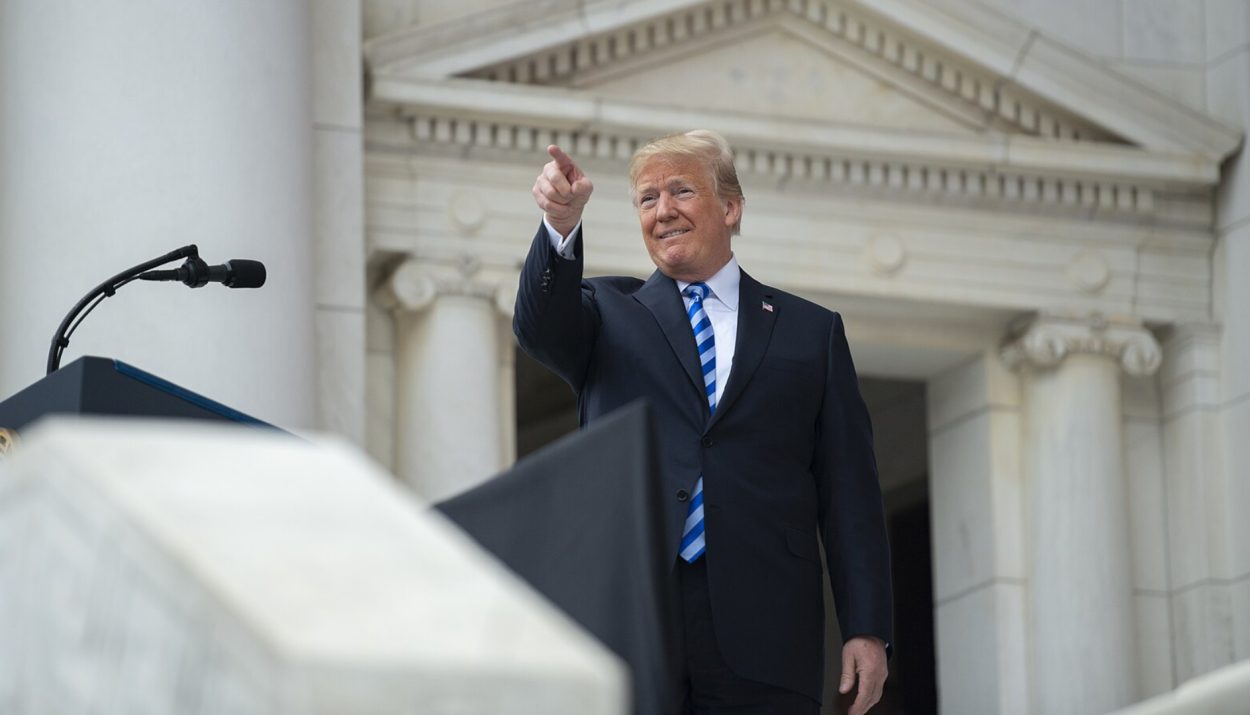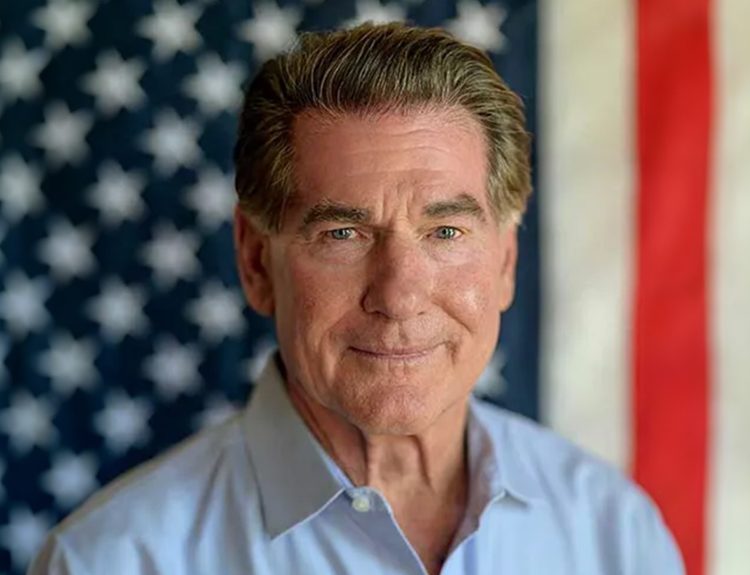If Donald Trump wins the 2024 election, it would mark his final four years in office – as per the 22nd Amendment – but what if he wanted to run for a third term? He has already hinted at a desire for a third term (barring he gets a second), but changing the Constitution is an uphill battle – no matter who you are.
The 22nd Amendment Limits Presidents To Two Terms
Congress approved the 22nd Amendment, also known as Amendment XXII, in 1947 before sending it off to the states for ratification. Over the next four years, 41 of the then-48 states (Alaska and Hawaii weren’t states yet) approved the amendment – with Minnesota (36th state) breaking the two-third threshold on February 27, 1951.
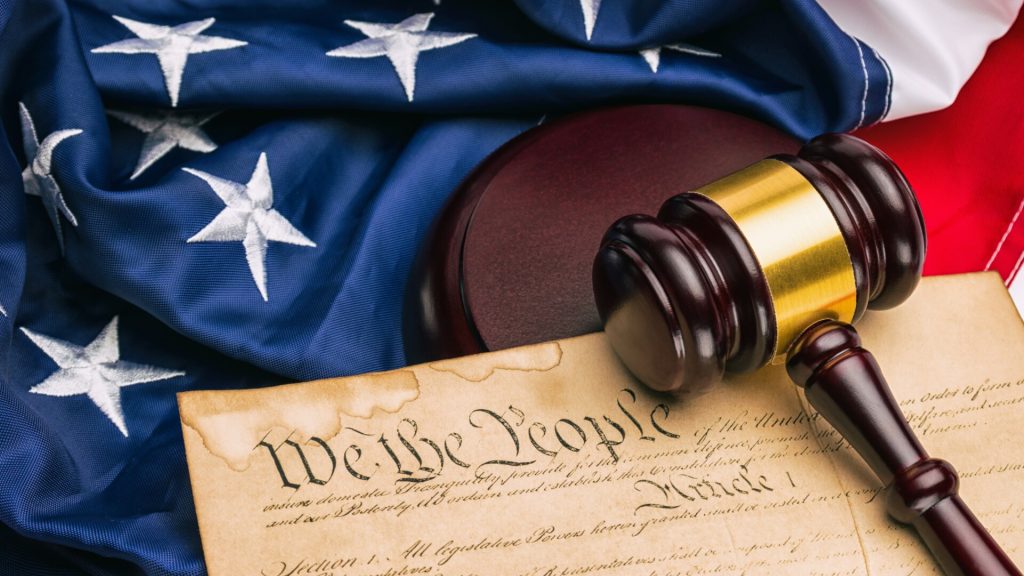
“No person shall be elected to the office of the President more than twice,” the amendment reads – adding that no one who acted as President for ‘more than two years’ of someone else’s term shall be allowed to run more than once. The rule didn’t, however, apply to the sitting President at the time – but more on that later!
The Concept Was Originally Adopted By George Washington
The 22nd Amendment took effect in 1951, but it was a concept that was unofficially adopted since the beginning. George Washington, the first President of the US, was the first to introduce the idea of a two-term limit when he declined to run for a third time in 1796.

Despite many people urging Washington to return for a third term in 1799, he doubled down on his decision – alluding to a desire for retirement, wanting to avoid unfair power, and the strict line that’s often crossed by both parties. His unofficial concept lived on for another 140 years.
Four Presidents Tried For A Third Term, But Failed Between 1796 and 1940
In the 14 decades between 1796 and 1940, four US Presidents challenged Washington’s idea – but it didn’t go well for any of them. Ulysses S. Grant, the 18th President of the US (1869-1877), tried for a third term in 1880, but James Garfield beat him out as the Republican candidate – ending his hopes of making history.
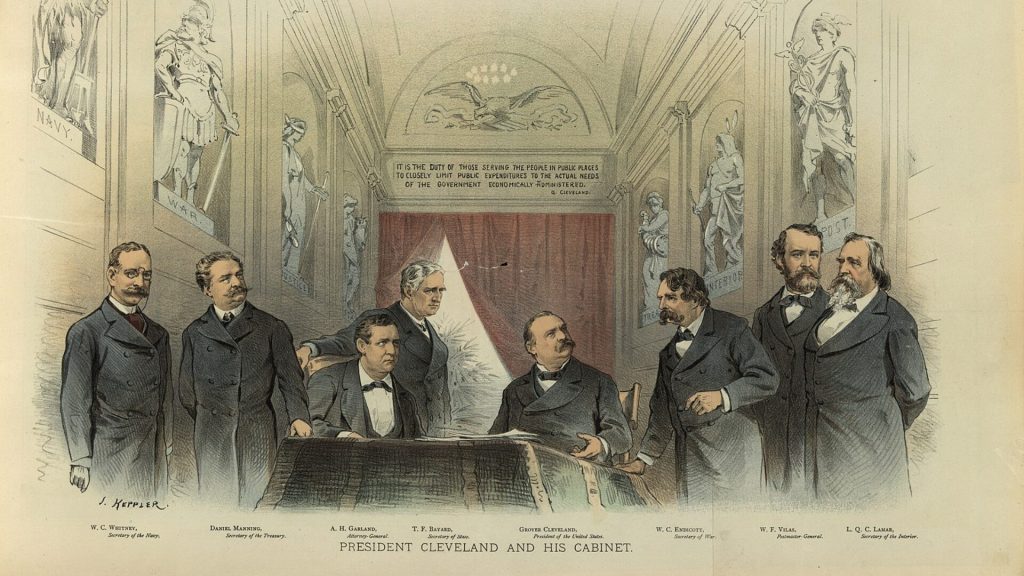
Grover Cleveland was a rumored candidate for a third term in 1896 – but he reportedly turned down a nomination from the Gold Democrats (a third party). Theodore Roosevelt came close to a third term in 1912 but finished in second, while Woodrow Wilson wanted a third term in 1920, but Democratic leaders wouldn’t allow it.
Franklin D. Roosevelt Makes History With A Third Term In 1940
Franklin D. Roosevelt took office on March 4, 1933 after beating Herbert Hoover in the 1932 election. Four years later, he defeated Alf Landon for his second term in office. With the rising threat of World War II in 1940, Roosevelt decided to run for a third term – and he won.
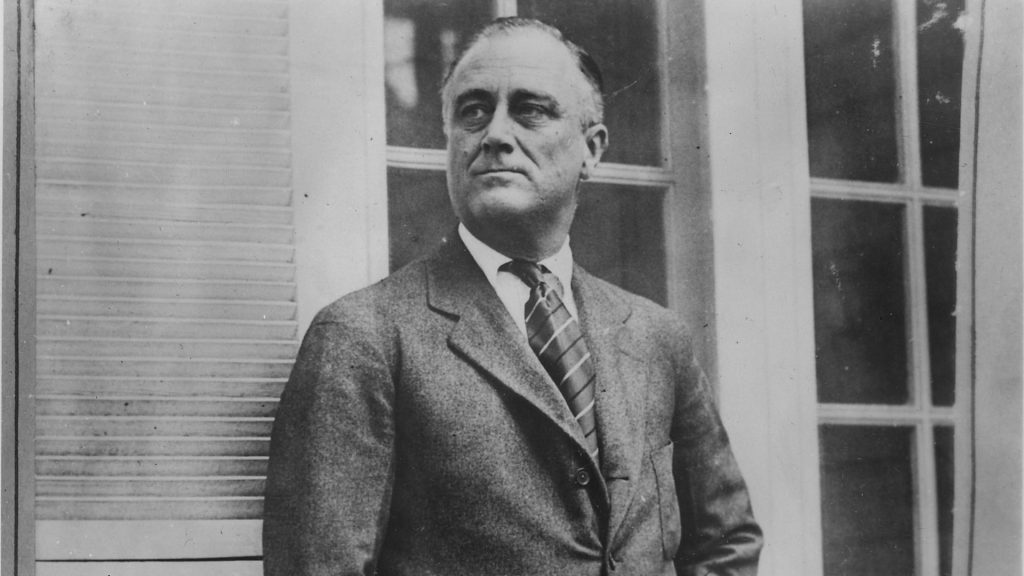
He defeated Wendell Willkie by a landslide, becoming the first President of the US to serve more than two terms – but he wasn’t done there. He decided to run again in 1944, this time defeating Thomas E. Dewey in yet another landslide victory. He, unfortunately, passed away several months later.
Since 1951, Two More Presidents Have Tried For A Third Term
With the 22nd Amendment in 1951, Presidents were barred from seeking a third term – but still, two of them tried. The first was Harry Truman – FDR’s Vice President, who assumed office when he died in 1945. Truman went on to win the 1948 election and was given permission to seek a third term since he was President when the amendment was passed.

The other was Lyndon B. Johnson, who succeeded John F. Kennedy after his assassination in 1963. LBJ went on to win the 1964 election in a landslide over Barry Goldwater, and served as President for the next four years. In 1968, he was eligible to run again because his first term was less than two years long.
Donald Trump Hinted At Wanting A Third Term In 2020
While campaigning for a second term in 2020, Donald Trump hinted at his desire to break the two-term limit. The comment came in the midst of a rally in Oshkosh, Wisconsin, in August 2020, when he appeared confident that a win over Biden was in the near future – something that never happened, of course.
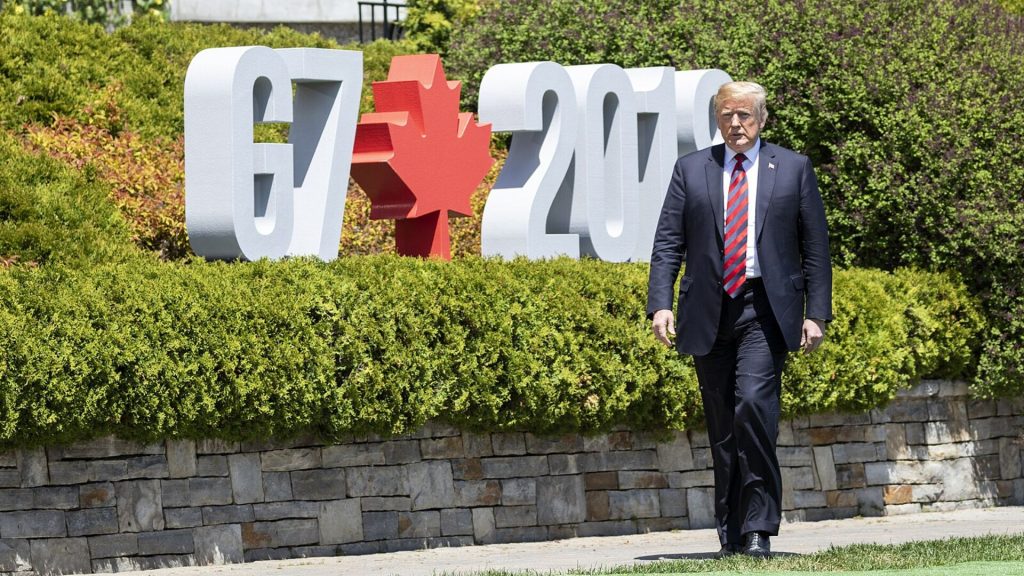
“We are going to win four more years And then after that, we’ll go for another four years because they spied on my campaign. We should get a redo of four years,” he said – alluding to the FBI’s counterintelligence investigation amid Russia’s interest in controlling the results of the 2016 election.
How To Propose An Amendment To The Constitution
If Donald Trump truly wanted to break the two-term limit, he would need to go through the US Constitution – which isn’t easy, and is often a lengthy process. There are, however, two ways to go about that – a congressional proposal (the most common type of proposal) and a convention proposal.
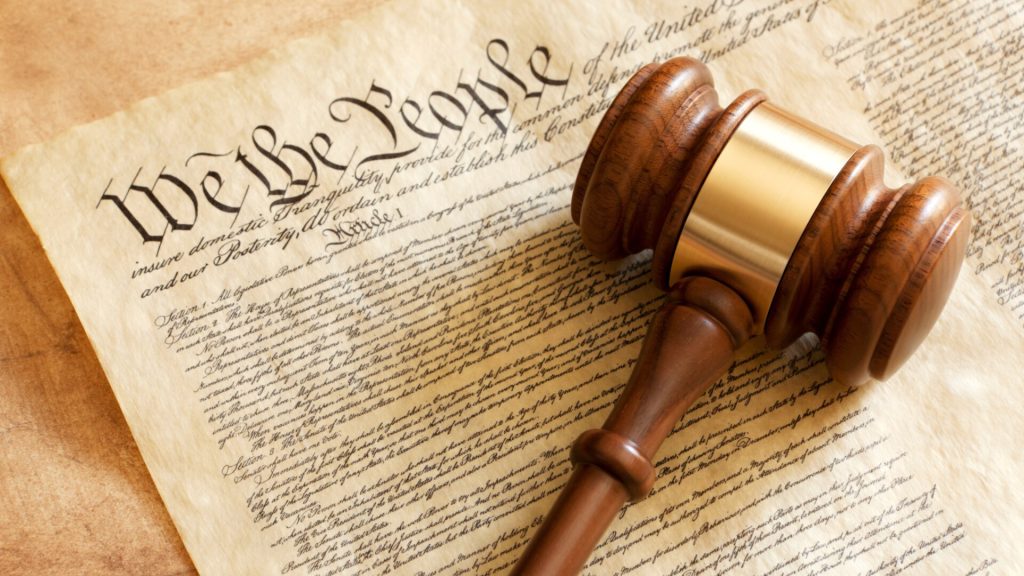
A congressional proposal requires a two-thirds majority vote by both the Senate and House of Representatives, while a conventional proposal requires a constitutional convention called on by Congress, if requested by two-thirds of state legislatures. Once proposed, three-fourths of all states (38 total) must ratify it before it takes effect.
Why Is The Two-Term Limit So Important?
Despite Trump’s desire to become the second President to win three elections, there is a reason why the 22nd Amendment was created – and even more so, why George Washington avoided it himself. If we want to be a country of the people, by the people, and for the people, two-term limits are essential.
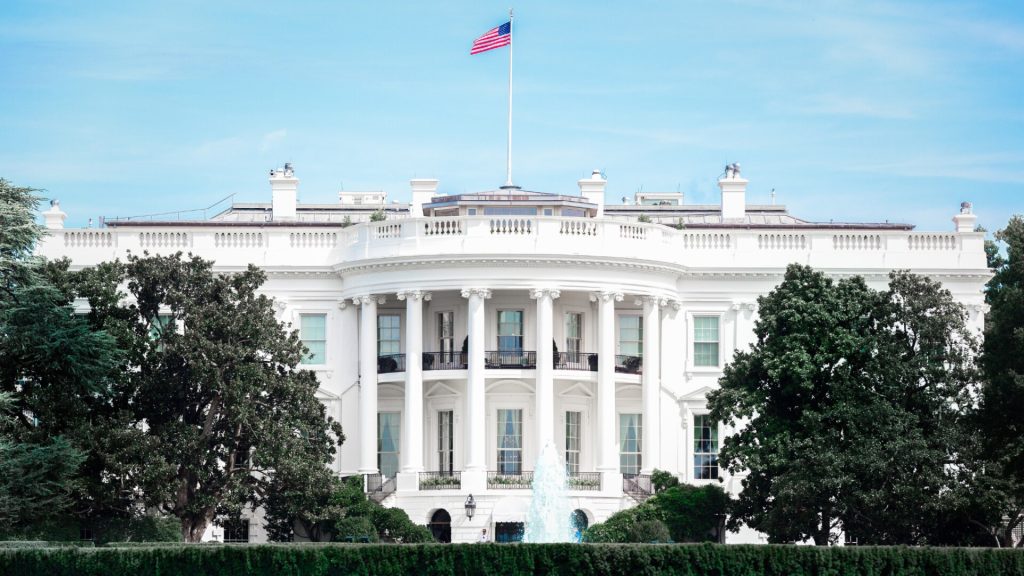
It prevents the executive branch from gaining too much power, promotes a more diverse and dynamic political environment, and encourages a steady turnover that welcomes new ideas – while maintaining a deep commitment to democracy. At the end of the day, it’s what our Founding Fathers wanted, and it’s what they envisioned for this country.

